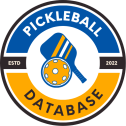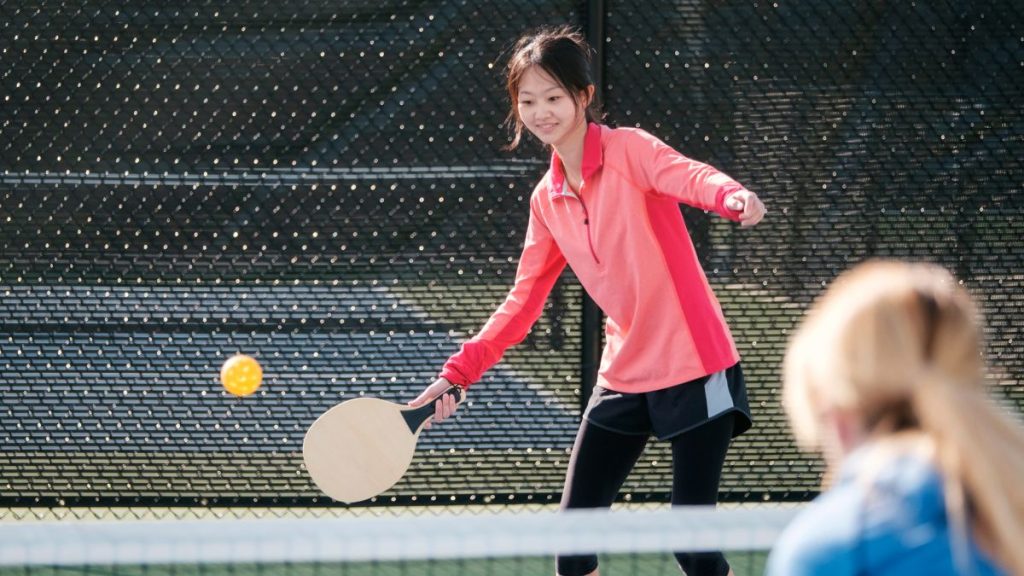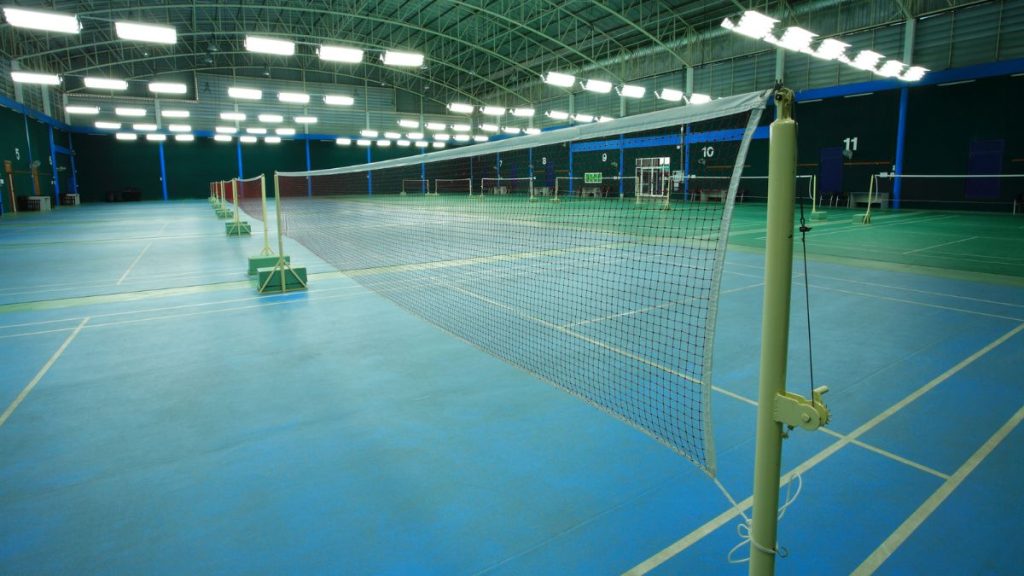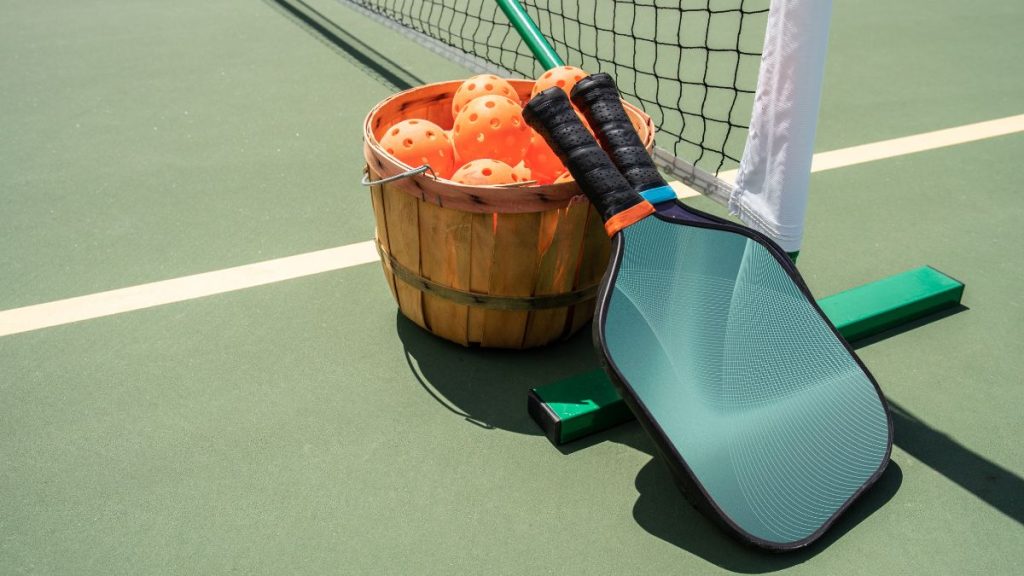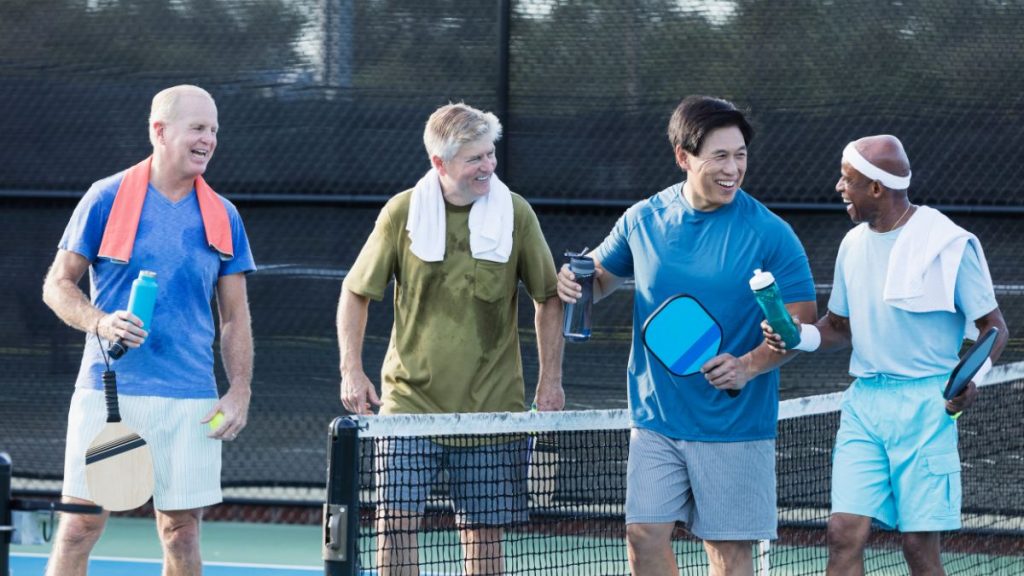When getting into a new sport like Pickleball, you must first master the basics. A good way to start mastering Pickleball is by honing the art of a good Forehand Stroke. It is a typical shot but does not underestimate it because this is the most utilized form.
Forehand strokes come from the dominant hand’s side. It will provide the most accurate shot and is usually the baseline stroke of most pickleball players. The effectiveness of your groundstrokes is proportional to how fluidly and rapidly you can move about the court. Hence, a forehand stroke is certainly useful in multiple-game scenarios.
If you are seriously considering taking up a new sport, such as Pickleball, this stroke will help you win the game, so feel free to browse through this article because it is a worthwhile read.
So What Is A Forehand In Pickleball?
When playing Pickleball, you must have an arsenal of techniques to serve your opponent. There are two main strokes: the forehand and backhand. The type of stroke that you will use will mainly depend on your stance and where the ball falls. If you want to serve your opponent with accuracy and power, then the forehand stroke is the best type to use. This is the most used stroke and is typically the most basic. You need to keep an eye on the ball’s trajectory from the time it leaves your opponent’s paddle so you can accurately assess its speed and trajectory. In a split second, you will have to decide which stroke will best return the ball to the opponent, and more often than not, it will be the forehand stroke.
In a forehand stroke, the inner side of the palm of the dominant hand gripping the paddle faces forward. Forehand strokes are executed by swiping the racket across the body at the desired landing zone.
How Do You Do a Forehand Shot in Pickleball?
In Pickleball, a successful forehand stroke involves shifting laterally to be in a position to receive the service from the appropriate courtside and doing so in anticipation of the opponent’s side. The player will begin the backswing from a ready stance by rotating the non-paddle shoulder toward the approaching ball. When the player wants to gain momentum in a certain direction, they should lead with their front foot in that direction and then bring the paddle forward to make contact with the ball before the ball hits the top of their bounce.
Here is the movement sequence for a forehand stroke:
- Grip the racket
- Rotate your body so that your non-dominant side shoulder is facing the target
- Swing the racket from the waist level
- Transfer weight from the back foot to the front foot
- Swing with the racket facing vertically
- Upon contact with the ball, rotate your wrist slightly forward
- Step forward with your back foot
Playing Pickleball can be compared to dancing in which your opponent is your partner. You must be light on your feet and memorize the routine. In this case, the routine is perfecting the serves and strokes. You will be swinging with the pros in their league with some luck and a lot of practice.
What Are the Cues for Holding the Paddle Correctly for a Forehand Swing?
Proper technique is important when doing a good forehand stroke. The paddle’s head should be at an open angle (tipped back from vertical). A Pro-Tip is not to let your wrist wiggle but to tilt back so that you may make hard contact with the ball. It is important to proceed with the follow-through necessary to return to a standing posture with a straight back.
Proper form is important when it comes to the accuracy of each stroke. Something as trivial as a paddle grip will contribute greatly to your performance. Discipline is an important part of the game but does not hesitate to loosen up a little, as being too rigid may also cost you.
How Do You Hit More Power in Pickleball?
A few factors will affect the power of your hit in Pickleball. One huge factor is the equipment you use, particularly your paddle. Your paddle can hugely affect the outcome of the game. If you want to strike the ball harder, go with a heavier paddle. To have better control, use a lighter paddle.
It is also important that your paddle is made of fiberglass or carbon fiber. They let you reduce the bulk of your paddle without sacrificing the “pop” you get when you strike the ball. Using a honeycomb core in your future paddle is something to think about. The stuff that makes up your equipment might make or break your game.
Adding a Top-spin to your hits is also a great way to add power to your returns. Snapping your wrist as you contact the pickleball generates a top spin. This helps push the ball down with spin.
Conclusion
Now that we have explored the wonders of a Forehand stroke and how it can help you a game, you are ready to step into the court and give them a fair fight. It is worthwhile to master this stroke, but like most sports, these things take time to get a grip on, so do not give yourself a hard time if you do not get it at first. Give yourself enough patience and practice, and pretty soon, you will give pro players a run for their money.
